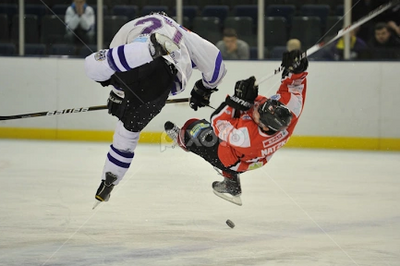Signed in as:
filler@godaddy.com
Signed in as:
filler@godaddy.com
There is increasing concern in Australia and worldwide about the incidence of sport-related concussion (SRC) and its potential health consequences for athletes at all levels—from recreational participants to elite professionals¹. When managed appropriately, most concussion symptoms resolve spontaneously; however, complications can arise, including prolonged recovery and an increased risk of subsequent injury. Of growing concern are the possible long-term effects of repeated concussions, including chronic neurodegenerative disease¹.
In the United States, SRCs affect an estimated 3.8 million athletes annually, accounting for 5%–9% of all sports-related injuries². Alarmingly, nearly 30% occur in individuals aged 5–19 years, most of whom present to the emergency department. While SRCs are typically transient neurological disturbances that resolve within 7–10 days, a subset of athletes experience persistent symptoms lasting months to years, with some progressing to chronic impairment². Rare but serious complications include skull fractures, epidural or subdural haematomas, and cerebral oedema requiring neurosurgical intervention².
Current clinical management is based on a paradigm of rest followed by a staged return-to-play protocol, guided by both subjective symptom reporting and objective clinical assessment². Emerging research into biomarkers aims to refine diagnostic accuracy, identify when athletes can safely resume play, and reduce the risk of secondary injuries. These advances may also open pathways for targeted therapeutic interventions².
In Victoria, Australia, between 2002 and 2011, the most common activities associated with hospitalisation for concussion were team ball sports (particularly the football codes), active transport, and snow-based adventure sports³. The football codes alone accounted for 36% of all concussion-related hospitalisations (1709 of 4745 cases). When adjusted for participation, the sports with the highest hospitalisation rates were motor sports (181.8 per 100,000 participants), equestrian activities (130.3 per 100,000), and **Australian football (80.3 per 100,000)**³.

It's not just high collision sports that are the problem.
Video shared with permission from rugby pass.com
US high schools taking the fight to concussion